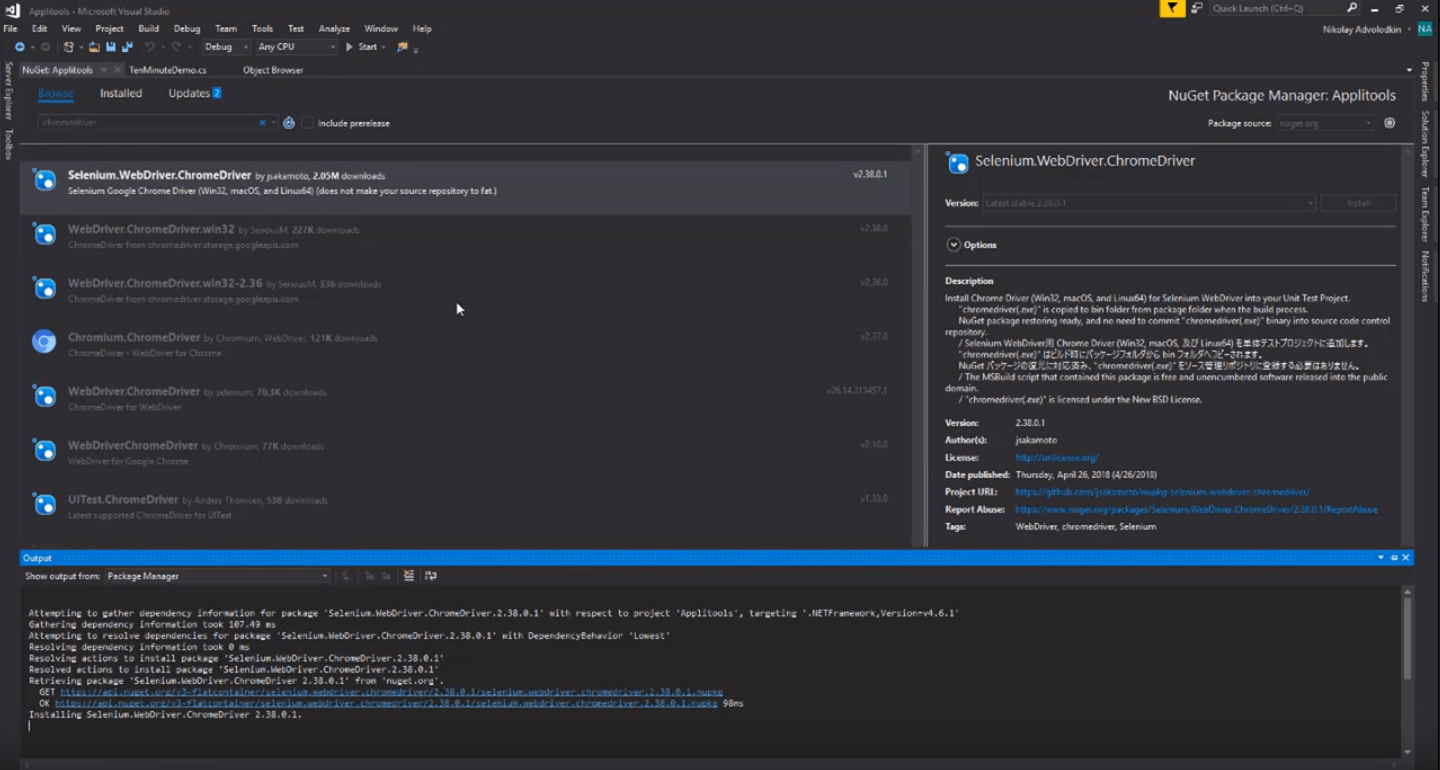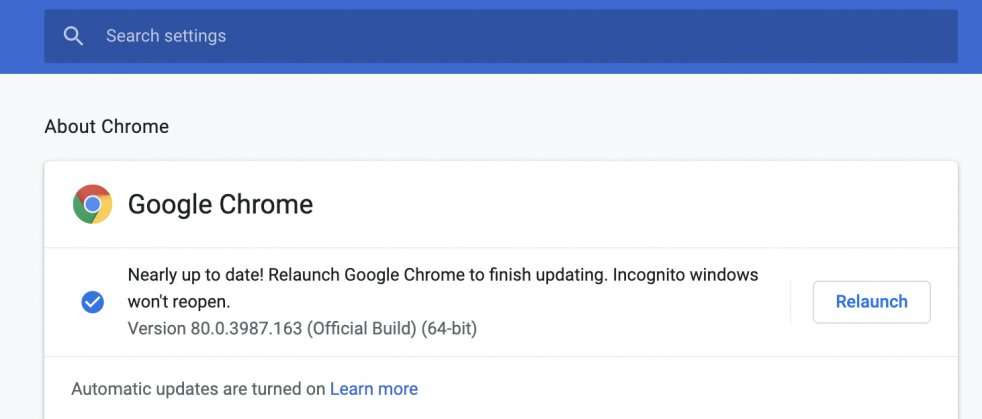

It will display all directories registered in the PATH variable and the executable file can be put in any of the directories. To find out the contents of this variable in Windows OS, you need to call the command: Basically, each running process or user session has its own path variable. The PATH environment variable Unix-like operating systems, DOS, OS/2, and Microsoft Windows, which is a set of directories where executable files are located. Put in the directory that is mentioned in the PATH environment variable. usingDriverExecutable( new File( "/path/to/driver")).build()) Ģ. WebDriver = new ChromeDriver( new ChromeDriverService.Builder().

The client library for the Java programming language offers 2 options to choose from: After loading it is necessary to put it somewhere so that Selenium could find it.ġ.Put anywhere and specify the path to this executable file directly in the program code. Therefore, for each browser you want to use, you need to download an executable helper file. When the new DriverBrowser() constructor is called, it finds the proxy file and starts it. The main question to which you will get the answer is where you can put these auxiliary executable files so that Selenium can find them. The auxiliary file for this so-called Selenium driver for the browsers chromedriver(Chrome), geckodriver(Firefox), etc. And how Selenium is looking for auxiliary executables or shims. In this article, I will tell you how to work around this problem. But the big problem is that if we run tests on different platforms, we need to create a different driver factory and write a bunch of additional code. With this approach, you usually need to download and store the chromedriver in the resources folder.


However, using this method you will encounter several problems: I agree, this problem is solved simply: tProperty( "", "/path/to/driver") The latest version can be downloaded from I think every QA Automation Engineer is familiar with this message in the console: : The path to the driver executable must be set by the system property for more information, see.


 0 kommentar(er)
0 kommentar(er)
